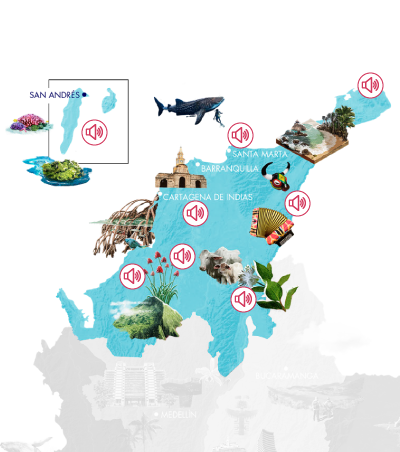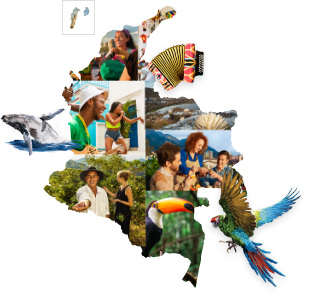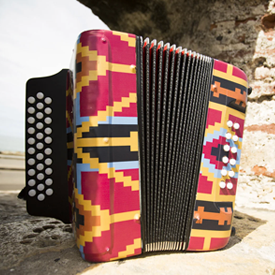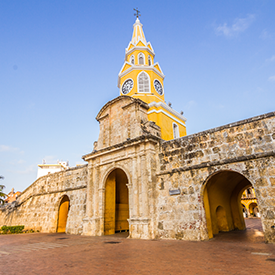The department of La Guajira, land of cultures with ancestral and mystical histories

Credit: Andrés Navia Paz // Shutterstock
The department of La Guajira is an ancestral land in which the sea, river, desert and mountains come together to form a territory with one of the largest natural riches in the country. It is also home to different cultures such as indigenous, Afro-descendants and Arabs.
The department of La Guajira is an ancestral land in which the sea, river, desert and mountains come together to form a territory with one of the largest natural riches in the country. It is also home to different cultures such as indigenous, Afro-descendants and Arabs.
Geography
The favorable position of La Guajira allows you to glimpse exclusive landscapes such as beaches, bays, dunes, desert and rivers. Also, this is the department where Punta Gallinas is located, the northernmost point of South America.
For its part, at the geographical level, the department is divided into three subregions: Alta Guajira,the most desert area where the Serranía de Macuirais located; half Guajira, the most populated territory in which Dibulla, Maicao, Riohacha and baja Guajira are located, the region with the highest humidity in which the Sierra Nevada and the Serranía del Perijá are located.
Highlighted quote: The name of the department comes from the Wayuunaiki language (language of the Wayúu), specifically, from the word "wajiira".
Destinations
In the department of La Guajira you’ll find tourist destinations such as Punta Gallinas, the municipality of Palomino, the Dunes of Taroa, Cabo de la Vela, the Flora and Fauna Sanctuary Los Flamencos and the Salinas de Manaure.
You can also see places such as Honda Bay, Hondita and Cocinetas, La Teta hill, the Montes de Oca nature reserve,and other natural destinations.
Highlights: We invite you to download the magazine of the department of Córdoba and know the tourist offer that its towns and cities have.
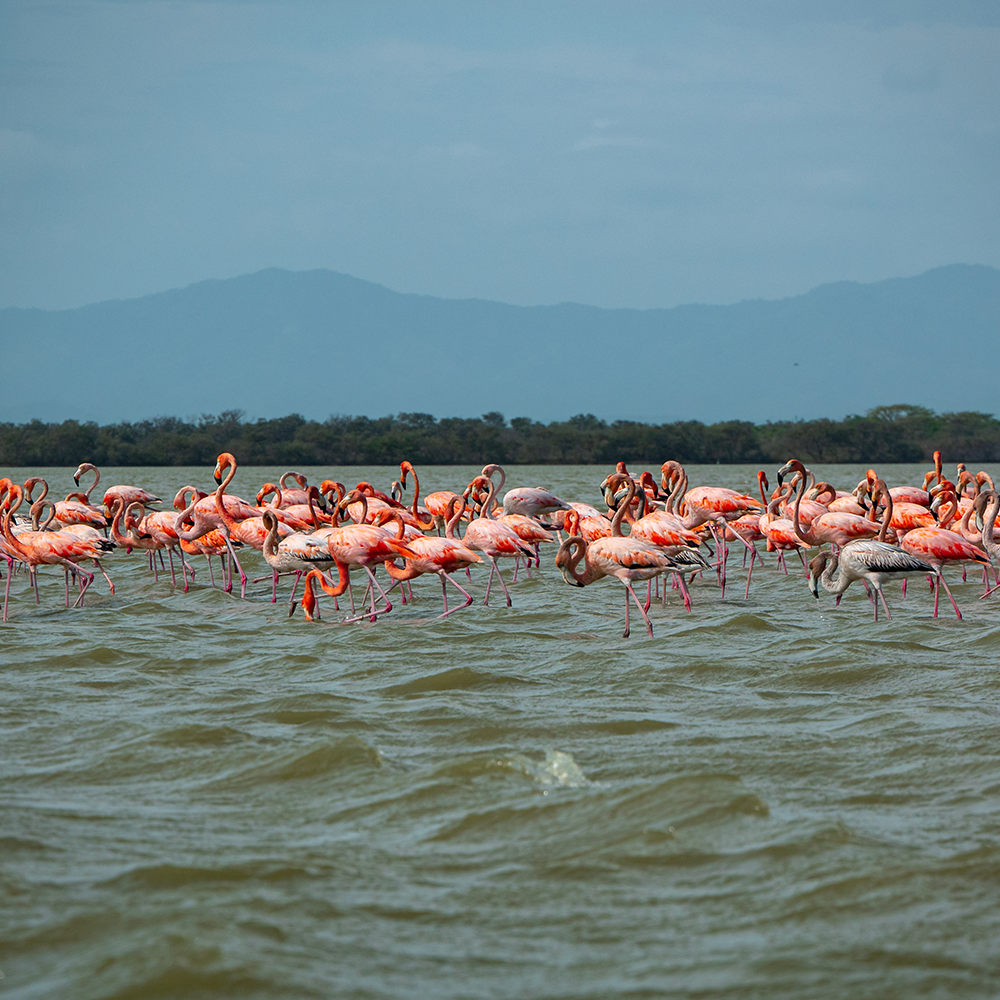
Credit: Alexander Laprise // Shutterstock
Photo caption: Los Flamencos Fauna and Flora Sanctuary was declared National and Cultural Heritage of Colombia in 1982.
Gastronomy
The gastronomy of La Guajira is a fusion of all the cultures that settled in the department, especially the indigenous, a community that was already in the territory.
From these cultures were derived traditional dishes such as friche, stewed goat with coconut milk, iguana stewed with coconut, shrimp rice, guandú beans with chorizo riohachero, malagada and fried fish (sea bass, ray fish, snapper).
Music, characters and festivities
Vallenato is one of the most emblematic genres of the Greater Colombian Caribbean and in La Guajira there are several of its greatest exponents. This department is the birthplace of artists such as Diomedes Díaz, Silvestre Dangond, Jorge Celedón, Nicolás Elías Mendoza and Emiliano Zuleta.
Similarly, the department experiences festivities such as the Francisco el Hombre Festival in Riohacha, the Cuna de Acordeones Festival in Villanueva, the Wayúu Culture Festival in Uribia, the National Composers Festival in San Juan del Cesar, the Singer's Festival in El Molino, the Return Festival in Fonseca, in Barrancas Festival and the national coal reign.
Also, in literature stand out characters such as the writer Priscila Herrera de Núñez, the Wayúu poet Miguel Ángel López "Vitorio Apüshana" and the writer Antonio Gnecco Coronado.
Outstanding quote: The department of La Guajira is a reference in the literature of Gabriel García Márquez. It is reflected in the novels "One Hundred Yearsof Solitude" and "Love in the Time of Cholera. » As well as in one of the stories of «12 pilgrim tales. »
Culture
The culture of the department of La Guajira was developed thanks to European, Arab, African migrants and the settled Wayúu, Arhuacos, Koguis, Kankuamos and Wiwas indigenous communities.
Of these communities, handicrafts stand out, especially that of the Wayúu with their backpacks, hats, blankets, hammocks and chinchorros. The most special thing about these crafts is more than that, in them are transmitted the indigenous knowledge, their culture and their customs.
Finally, the department of La Guajira is a place with history full of ancestral and mystical knowledge thanks to the important indigenous communities that inhabit the area and the intercultural mixture that came to the territory. It is also a land of exotic landscapes, full of natural contrasts that invites everyone who visits it to explore it from end to end.
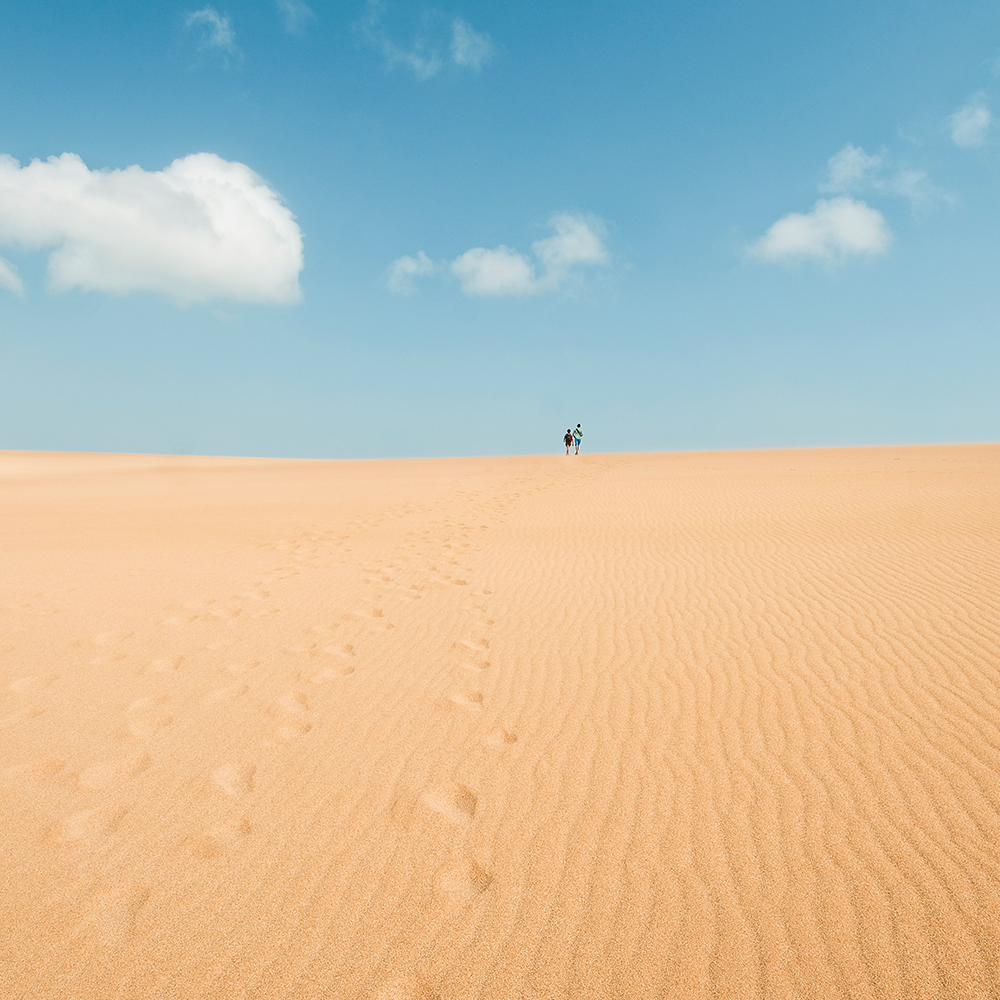
Credit: Alekyjas// Shutterstock
Photo capt: In the Dunes of Taroa you can practice sandboarding.




